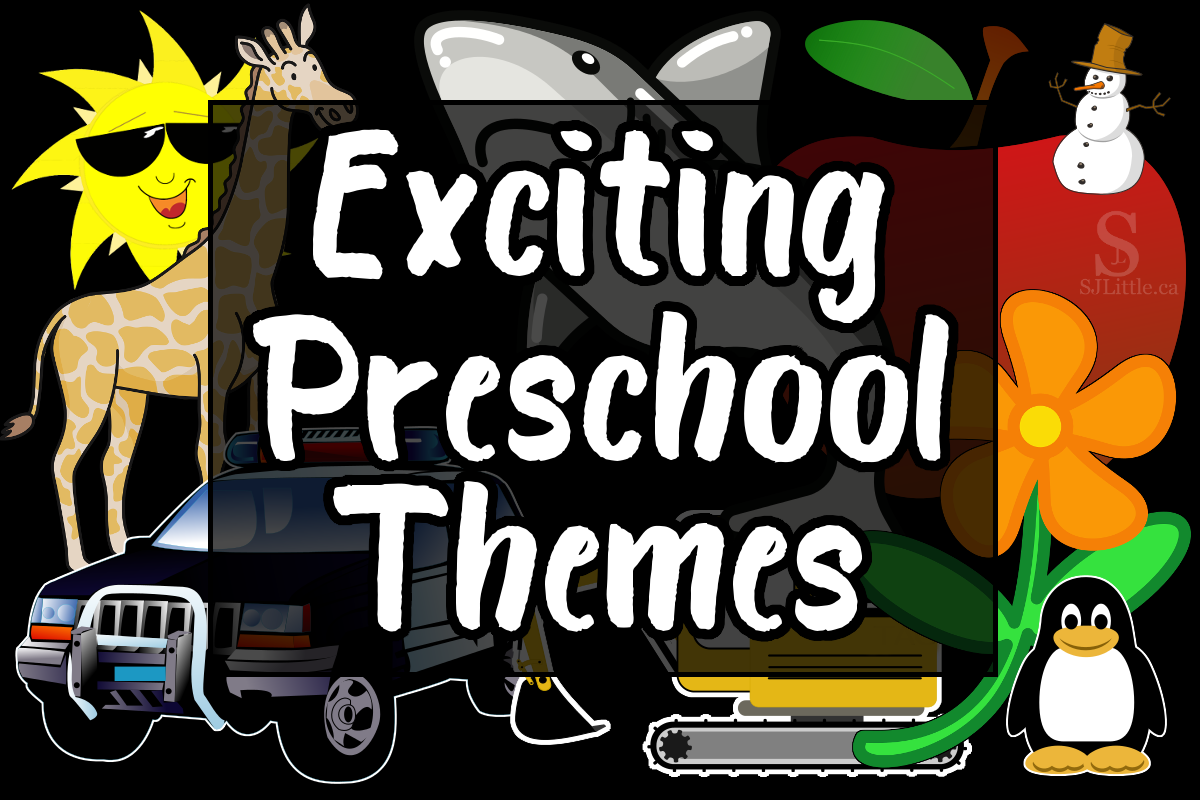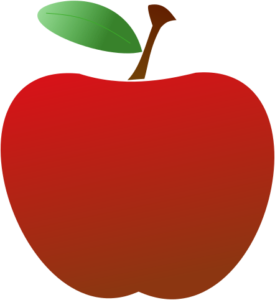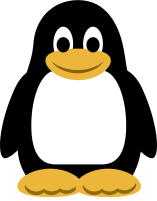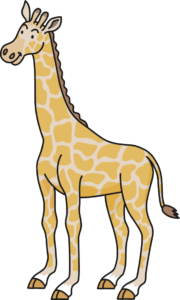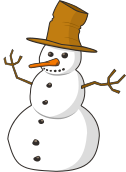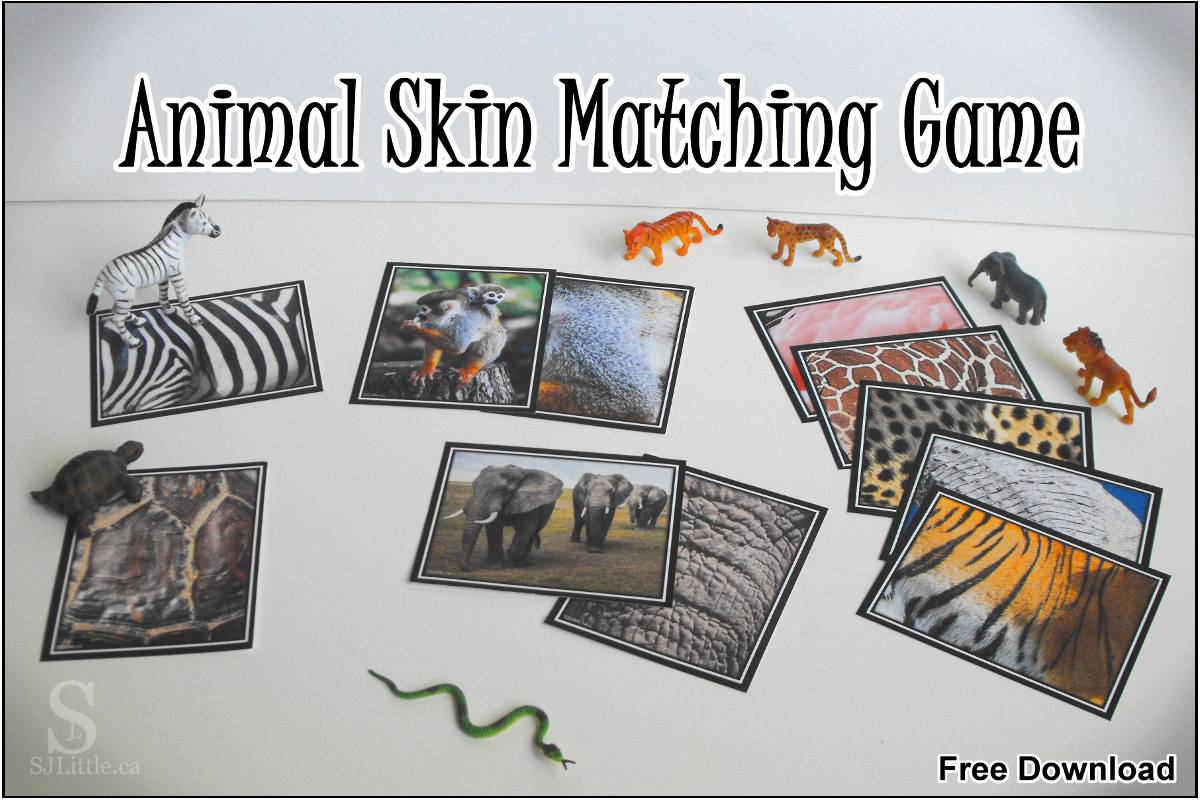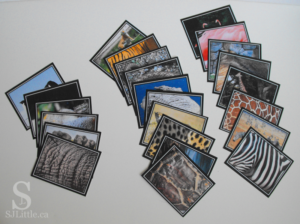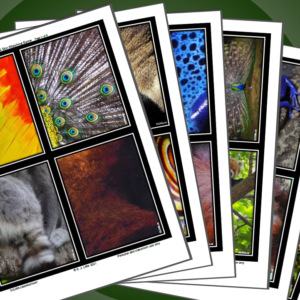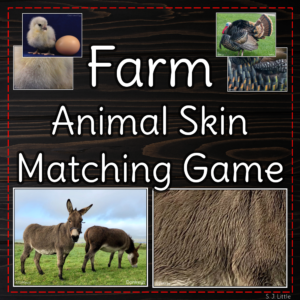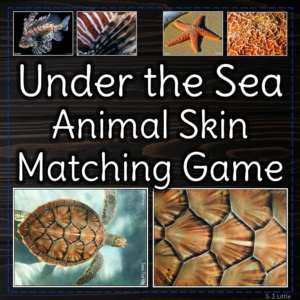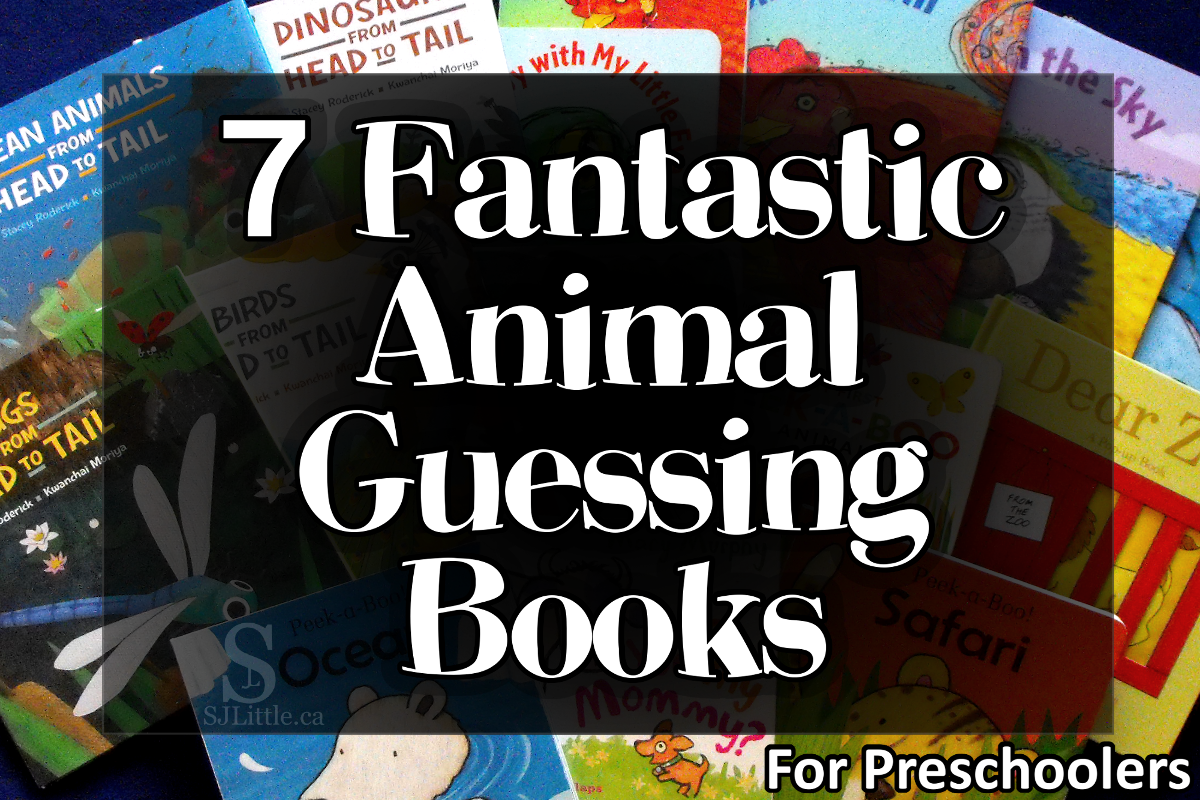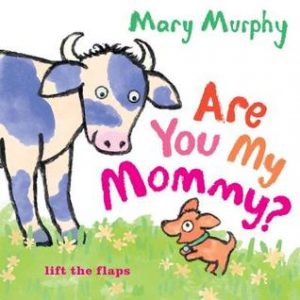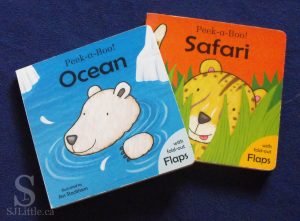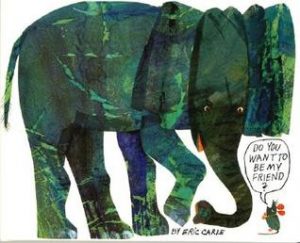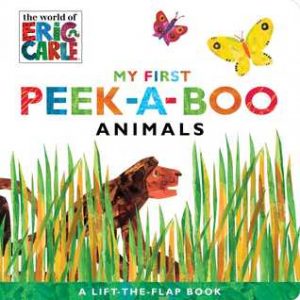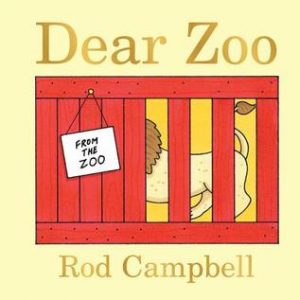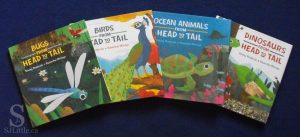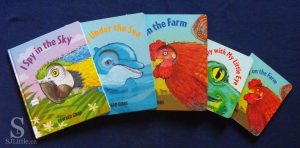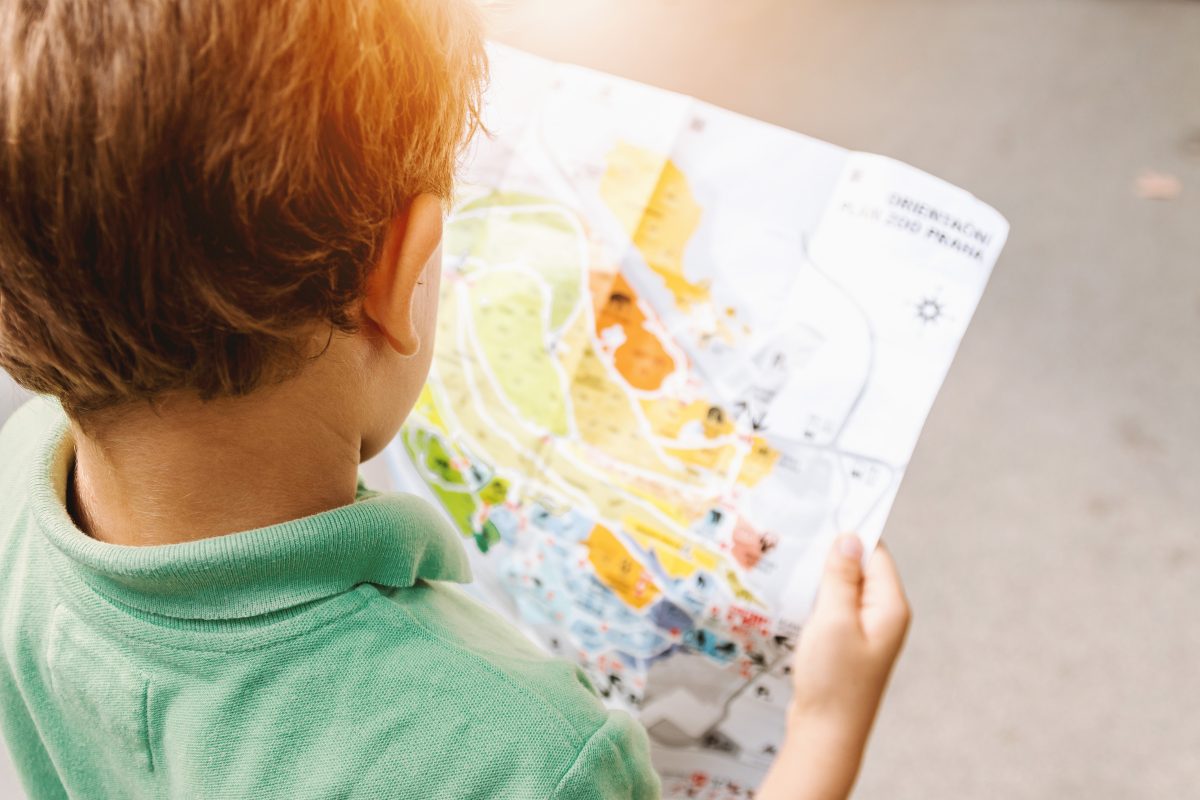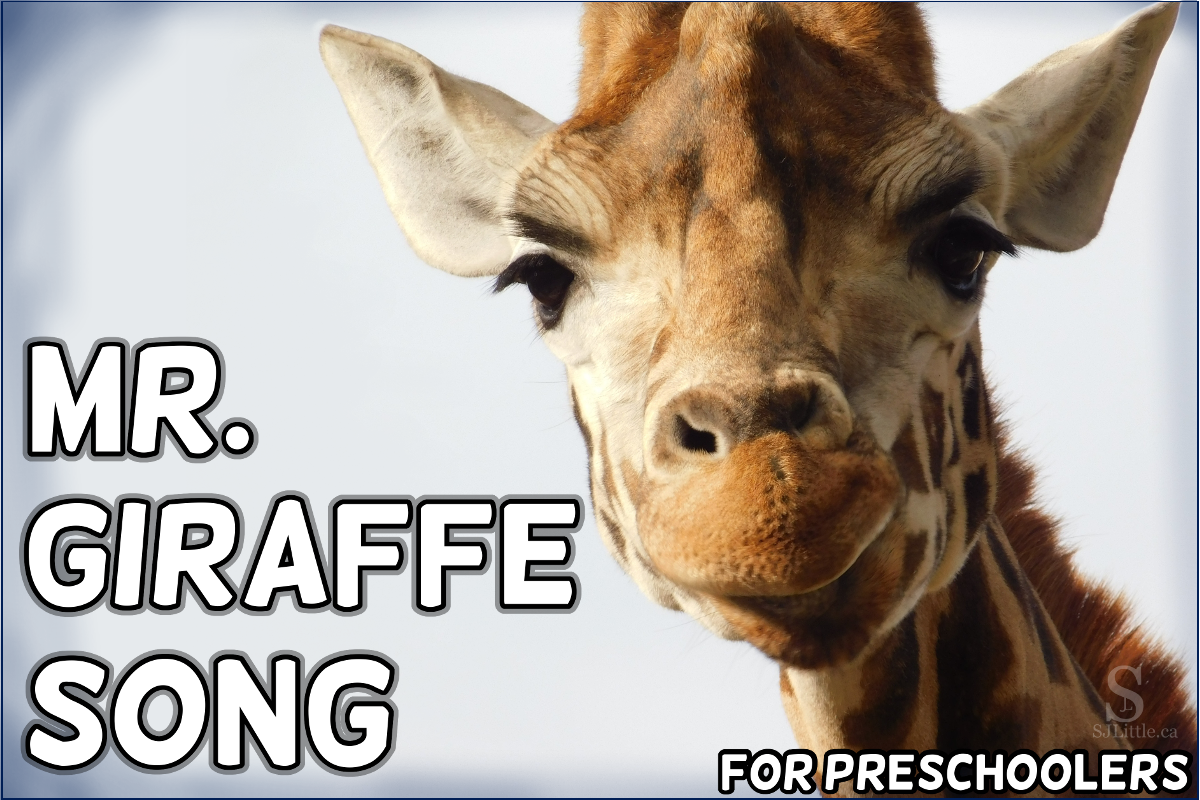
A few years back I was teaching my preschool children about different animals. One of the days my focus was on giraffes. For a craft, we ripped brown paper and glued it onto a giraffe colouring sheet. Our story was “Abigail” by Catherine Rayner. The only thing missing was a song.
I did some research, but couldn’t find a good giraffe song. Therefore, I made my own.
This is an original preschool song by S. J. Little. Therefore, be sure to mention her as the author any time you write down or record this song.
Mr. Giraffe Song
Tune: Mary Had a Little Lamb
Lyrics by: S. J. Little

Mr. Giraffe is very tall,
His neck is long,
His legs are long.
Mr. Giraffe is very tall
So he can reach the leaves.
Mr. Giraffe has a special tongue;
A long tongue,
A purple tongue.
Mr. Giraffe has a special tongue
So he can reach the leaves.
Actions:
Very tall – stand on top toes and reach as high as possible
Neck/legs/tongue – point to the body part named
So he can reach the leaves – raise arms over head and grab with hands at pretend leaves as though they were a giraffe mouth
I hope you enjoy this educational preschool giraffe song. Don’t forget to sign up for my monthly preschool emails to learn more original preschool songs.

